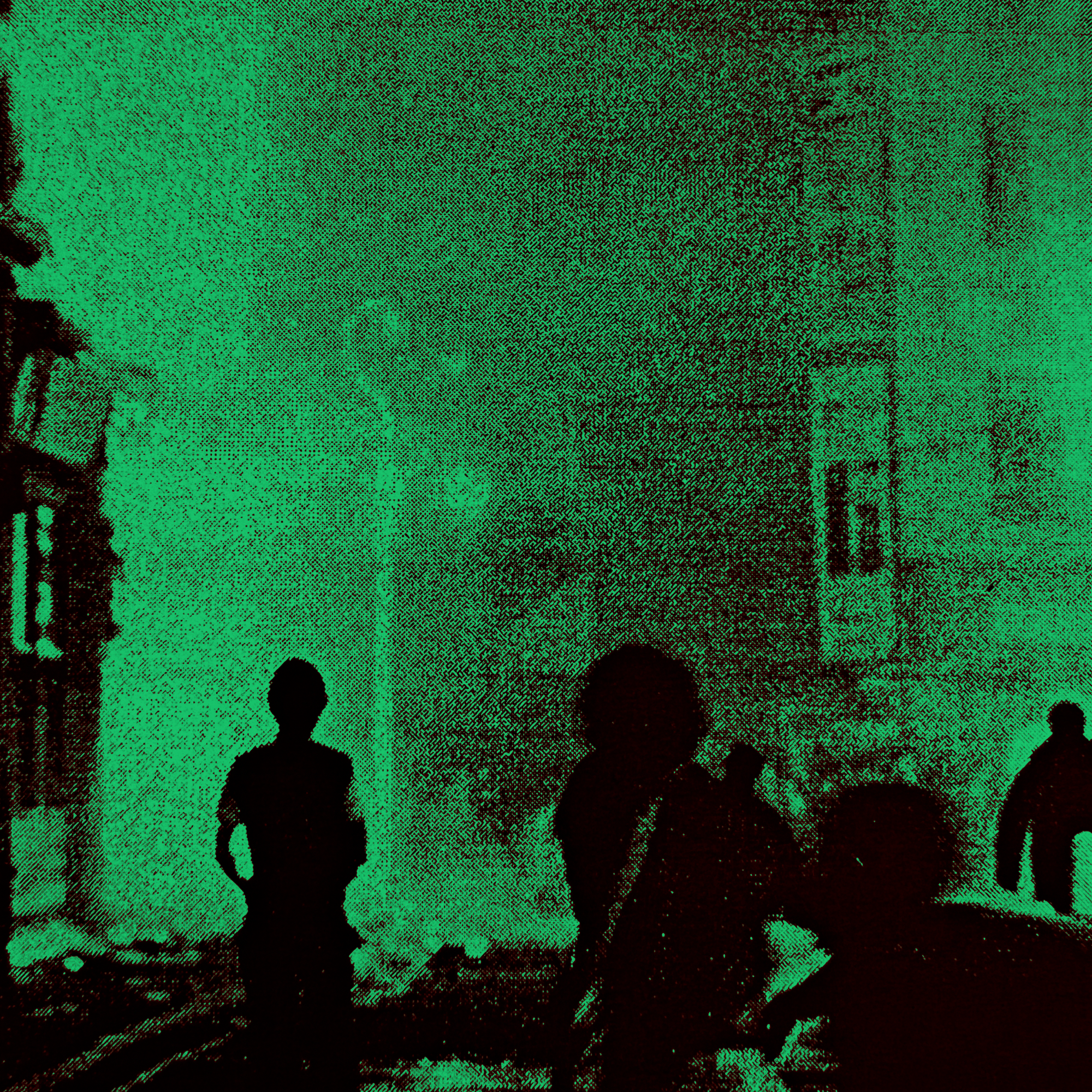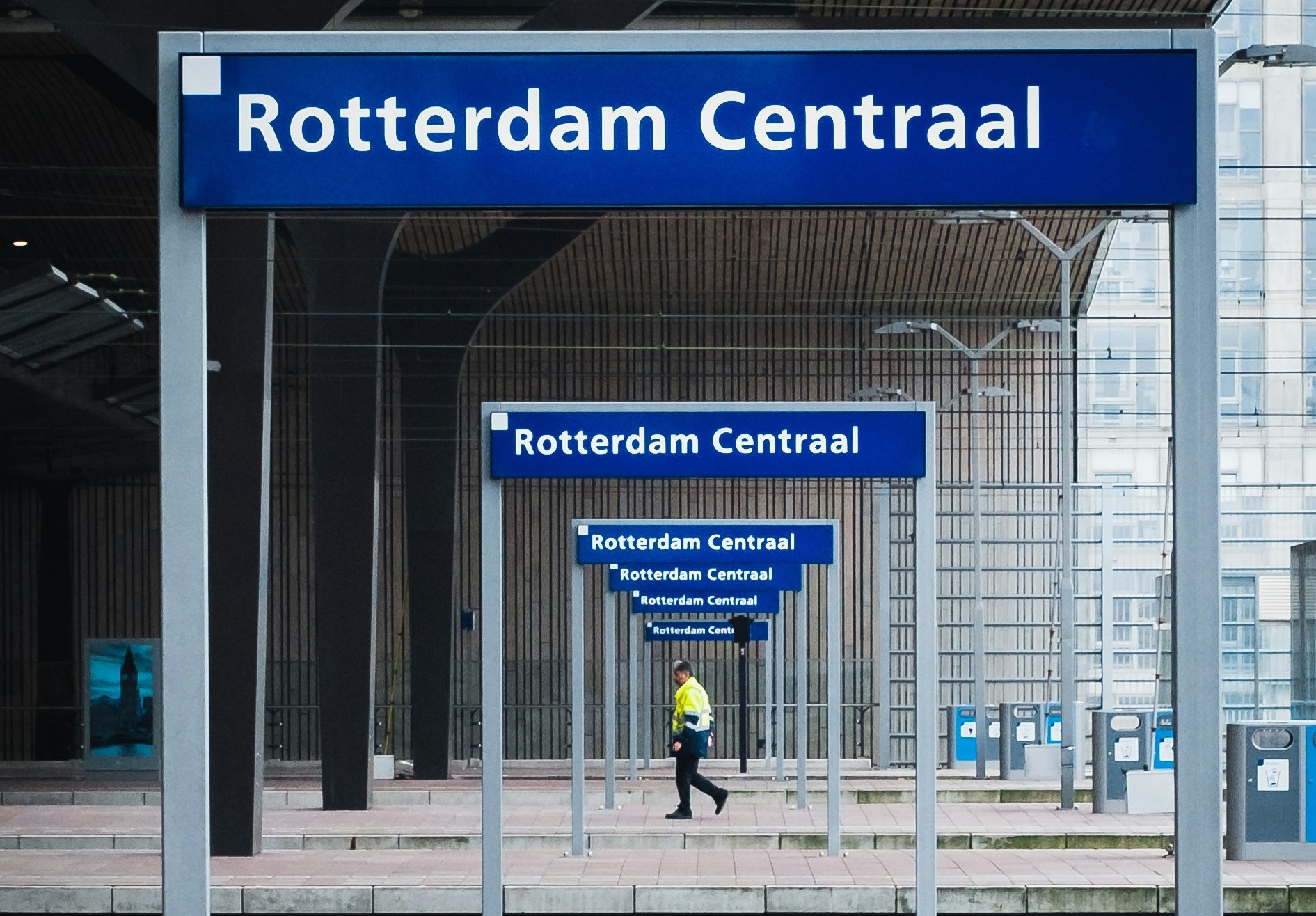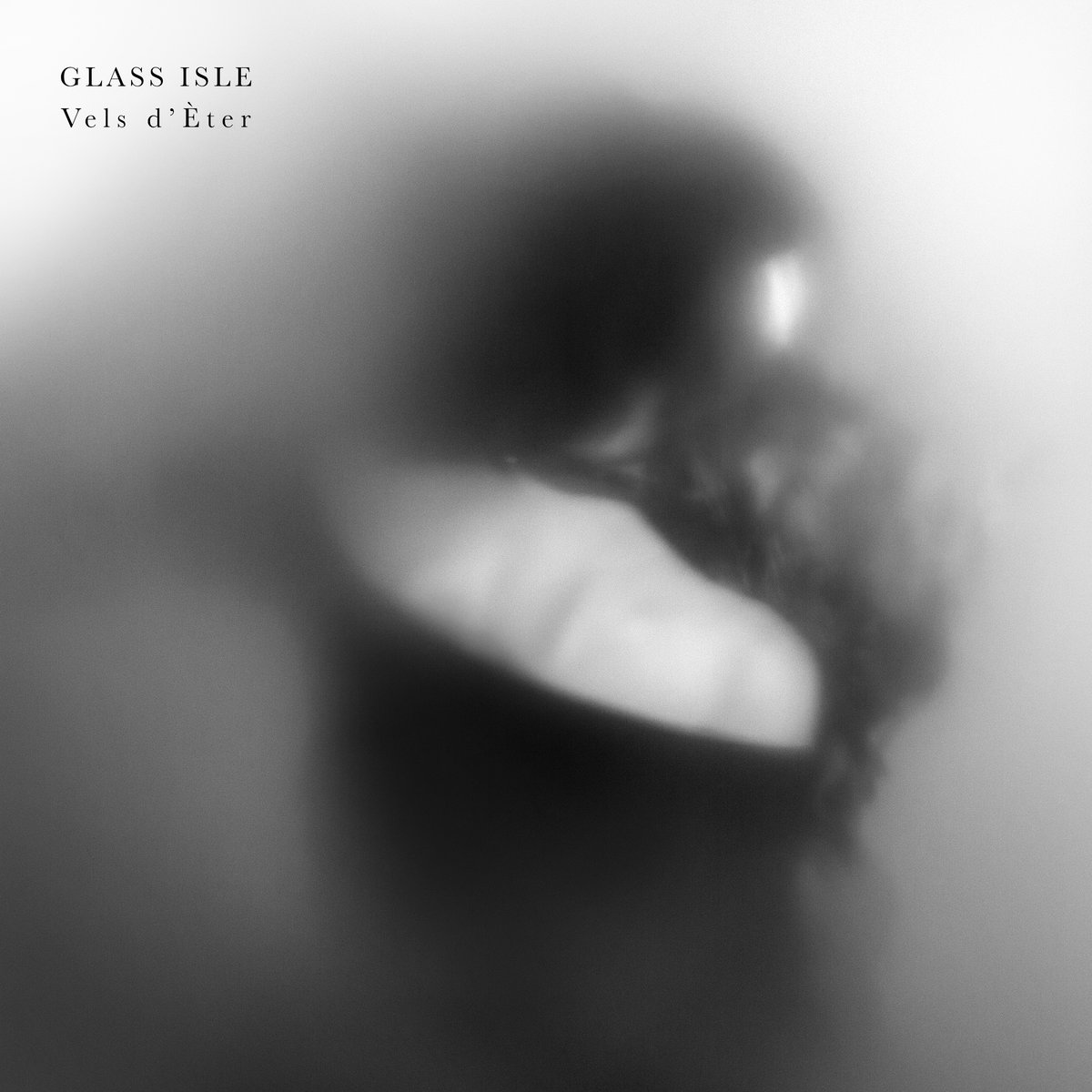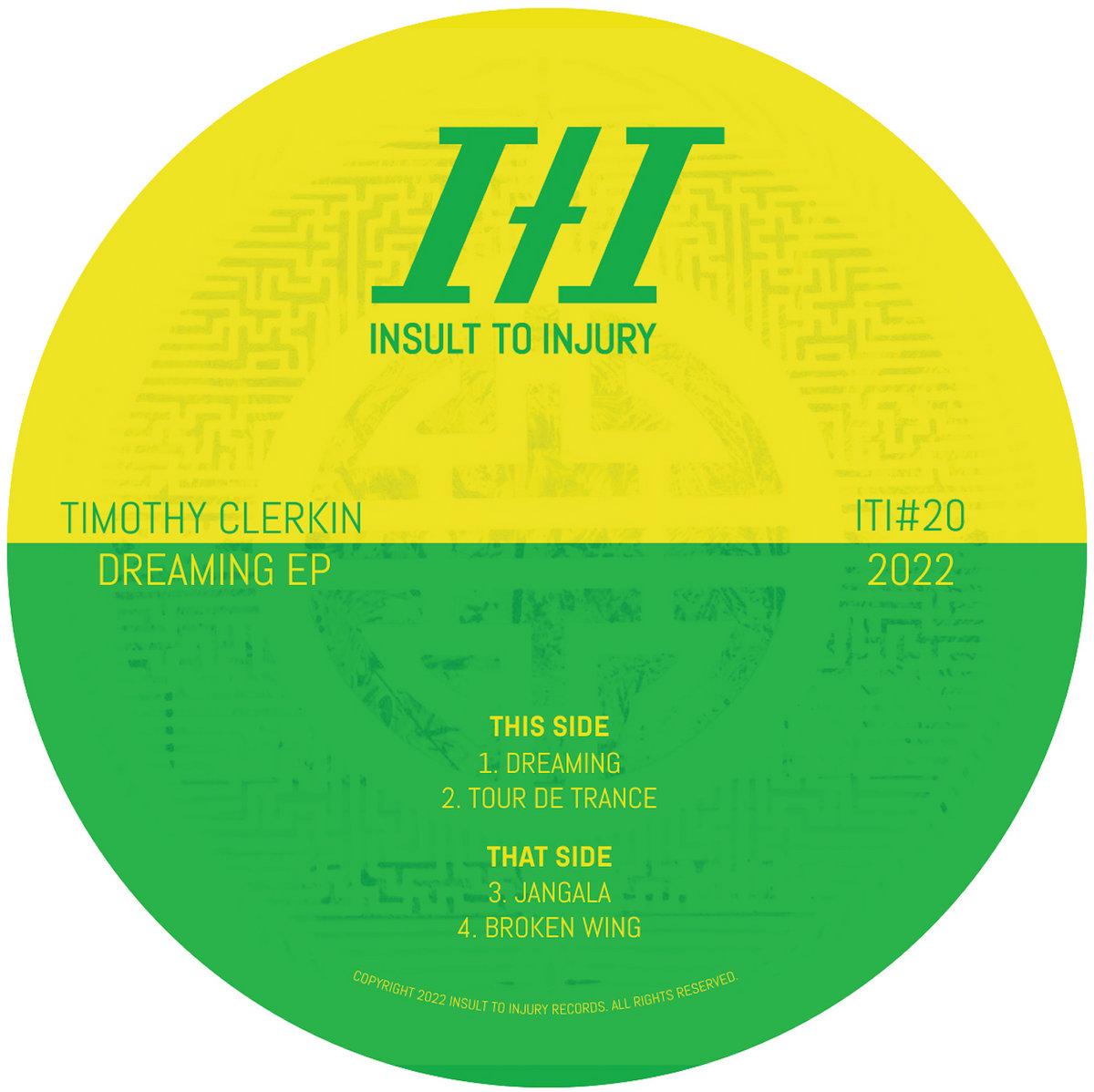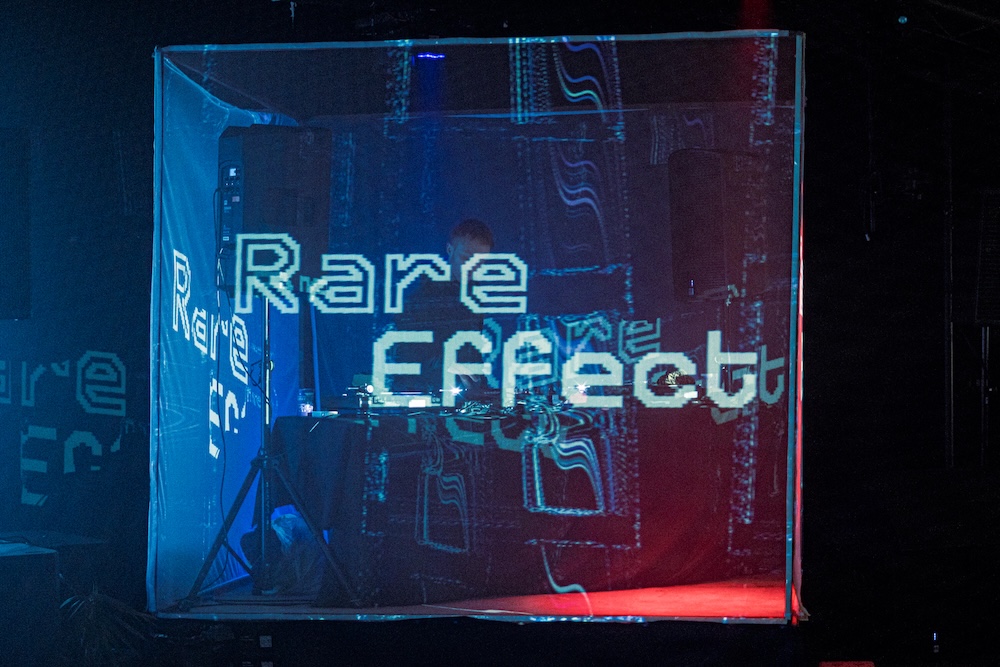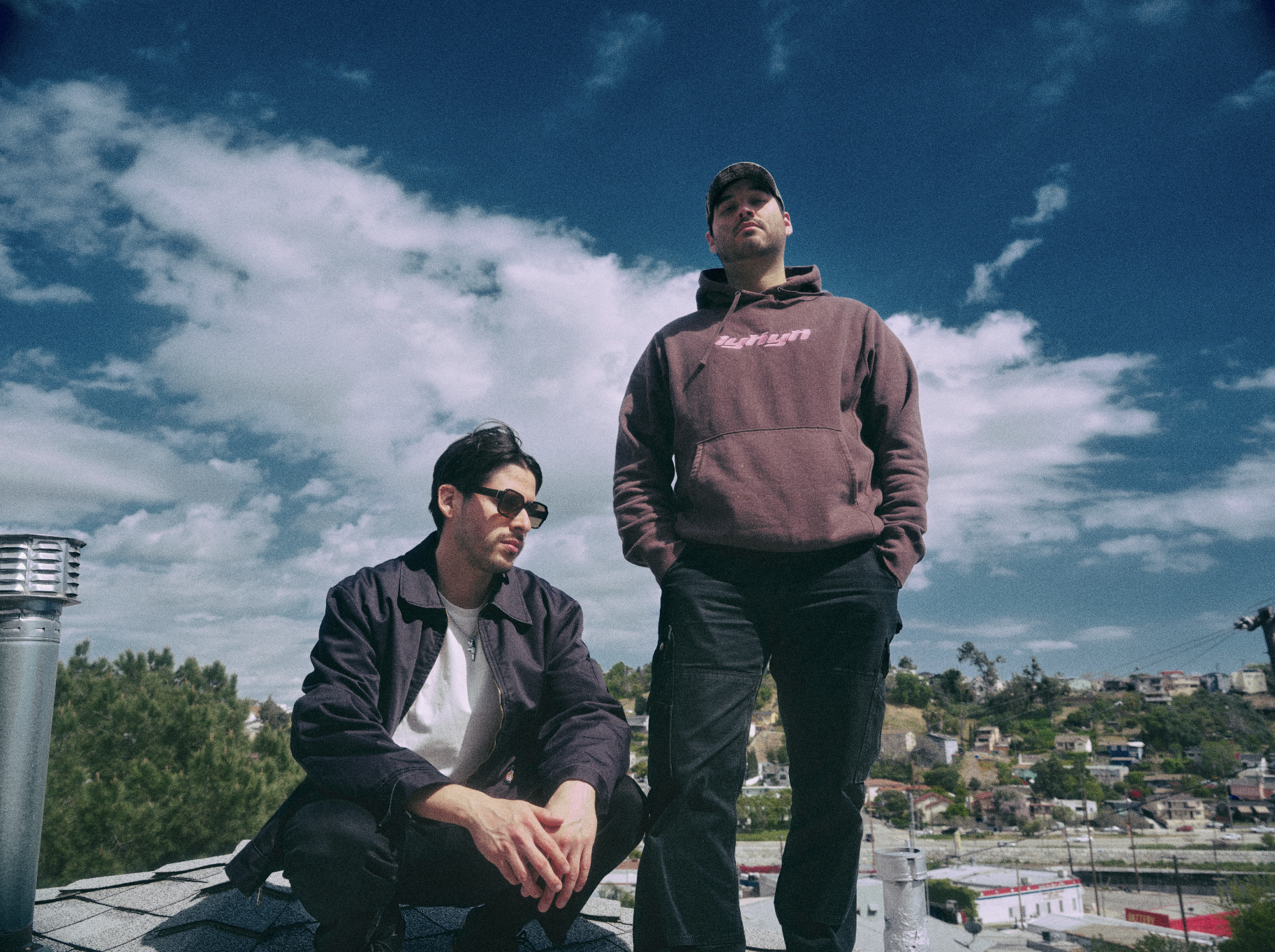Track By Track: Pedro Vian – Beautiful Things You Left Us For Memories
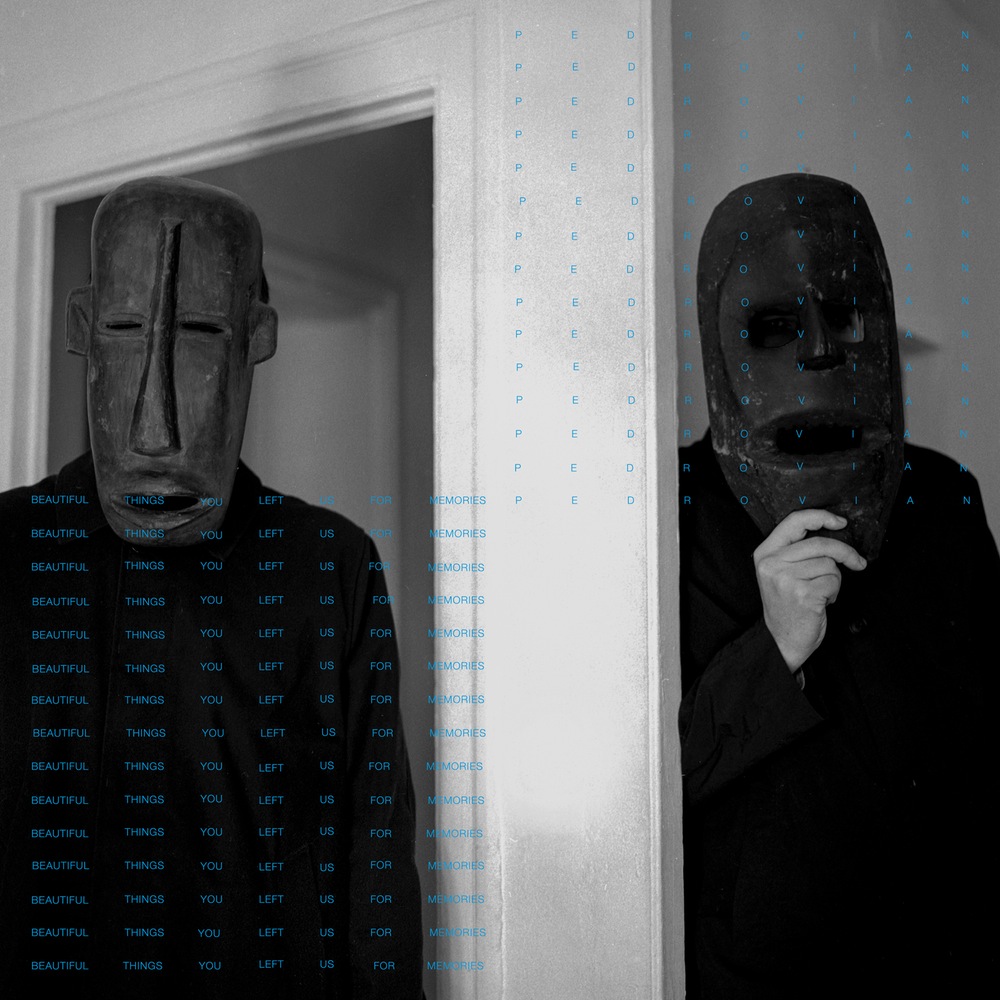
Murky and mysterious, Pedro Vian's sound is not one you might stereotypically associate with the colourful backdrop of Barcelona.
The sun kissed city is now regarded as one of the most influential destinations in electronic music, which has only been aided by the likes of Sonar and Primavera in recent years. However, behind this curtain of grandeur there does exist a scene which continues to dig deep, exploring and experimenting with the limitations of sound and genre. Pedro Vian has been hard at work and the formation of Modern Obscure Music, his own record label, has become the focus of much of his time. However, after serving up several releases from an array of local and likeminded talent he now chooses to release his debut LP on the label. This comes in the form of 'Beautiful ThingsYou Left Us For Memories': an abstract album of electronics, melancholy and ambience.He guides us through the release below…
Pandora: to open Pandora’s box—an impulsive, irreflexive act—is often how I view the way I work with music; a natural impulse carries forth my art, although despite the legend the result isn’t always terrible. Curiously, this is the last track I worked with, although it is now the intro to the LP. I see it in a grey-ish blue color.
Invisible Objects is the second cut of the disc, I see it in blue. It’s one of the more lively tracks, providing the wild arpeggio that enters halfway with repetitive melodies and definitely maintains a stronger kick than the other themes. I’m not sure how the name came about, but I found myself unable to change it afterwards.
Copelands, along with Vinçon, are the shortest tacks in the album, and rather than songs they are more like brief sketches, transitions. They carry more of a cinematographic tone, and I’d probably give them a yellow color which gives me the sensation of being an unfinished hue. Moreover, Vinçon was a name that marked my childhood as a shop situated on the Passeig de Gràcia, right at the center of the city, exclusively dedicated to design. My mother used to take me frequently, treating visits as if it were a museum—it’s been two years now that it’s closed.
Nine is Nine, one of the more architecturally elaborated parts of the disc, I see it in multicolor. With time it has become my favorite track on the LP, with its low and progressing evolution. The melodies intertwine with the beats to form new melodies in a very interesting pattern.
Miralls has a an almost savage, jungle-like feel to it, I would assign it a dark green. When I listen to it, I can imagine the jungle, considering the almost tropical nature of the percussion, which curiously reminds me of nordic bands as well. There is a strong contrast between the melodies and percussion.

801 Nite features Carla Pérez Vas, a song with a long story that I had kept written on my computer for about a year. I asked two singers, Inga Copeland and Christina from Desert, if they could collaborate but they were busy with other work. Some time later, I became interested in the voice of one of the Mourn singer, Carla Pérez. I got in contact with her, and soon she got back to me with ideas. We met up to record, and soon after the song came about. The mix was quite complicated since I’m not quite used to pop, but thankfully I got help from Eloi Caballé, also from Desert, and Chris Taylor from Grizzly Bear who were coincidentally in town.
Le Fou has a much different color than the other ones, it’s as if suddenly a luminous color shines from the palette. This track highlights a trance-like melody and a broken rhythm. At the start of the year, I took up a job to produce music for a Venetian, high-quality textile company’s commercial. From the sketches used for the commercial, the track surged about—I had doubts of including it in the album, but it has resulted to be one of the more outstanding themes.
Maia, like the weird son, has out-of-tone melodies, abstract sounds…it’s like a Jazz theme with electronic touches, in fact it’s improvisation. I’m very glad Laurel Halo came up with it on Berlin Community Radio this summer. It’s an obscure, almost black theme. Arnau Obiols, a Barcelona artist, added some percussions on top to add to the track.
Indian Strings, which was actually presented a few months back at Ransom Notes, emphasizes the arpeggio that is basically present the whole time. The name “Indian Strings” stems from the melodies that come in halfway; I produced them with a Yamaha synthesizer that I came across for the first time on my trip to the U.S., and proved difficult to get my hands on in Spain. This synth gave me the ability to give it more of a pop feel, and is often used by the group Beach House, of which I am a big fan.
Paradise is a one hundred percent ambient track, which is not included on the vinyl version, only appearing digitally. It has an oriental color, and is a very relaxed song highly influenced by the works of Ariel Kalma.
Start Again is the LP’s outro, it is also a short theme with a cinematographic aesthetic that invites the listener to go back and go through the disc again.
Buy the release HERE.











